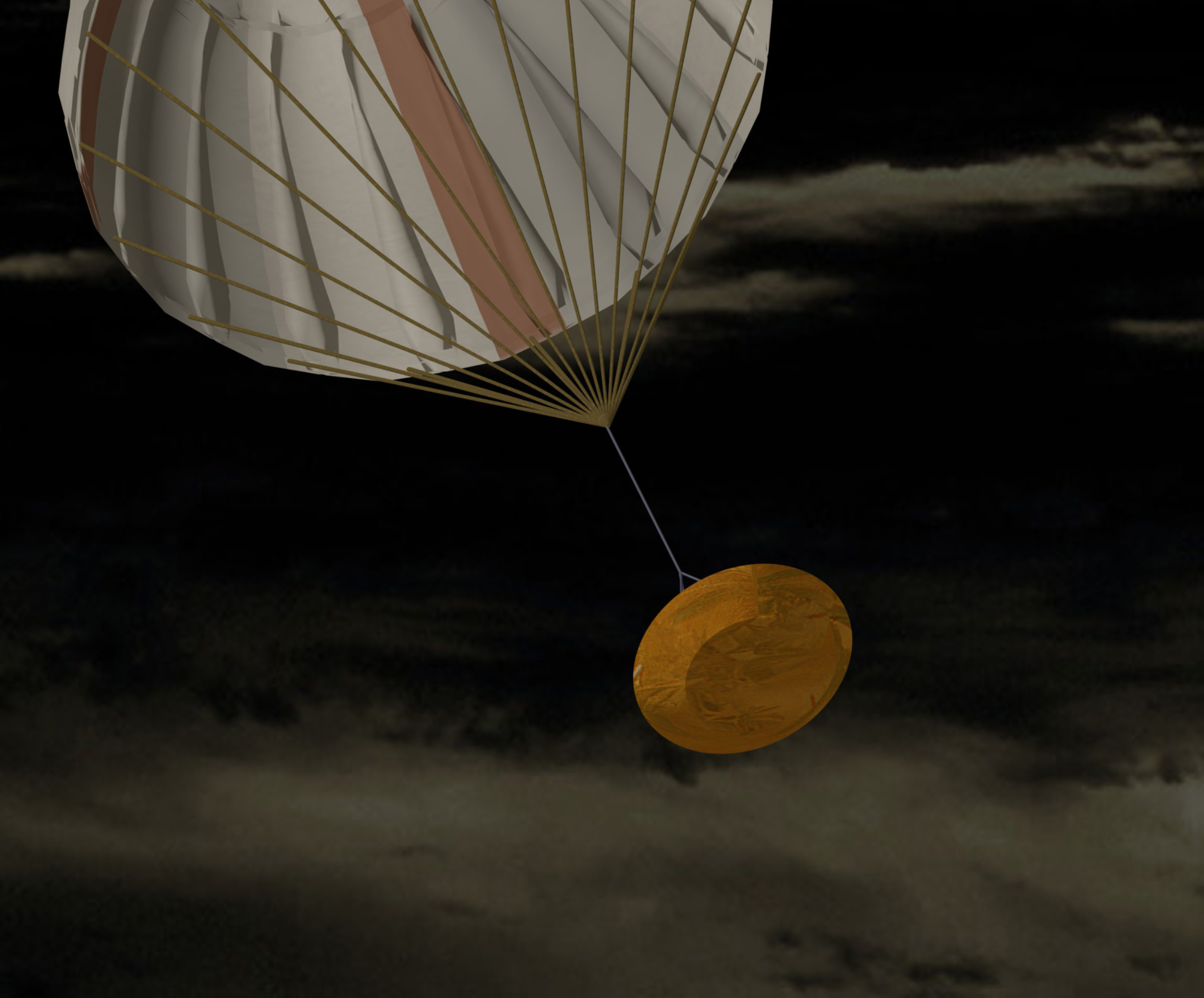Emily Lakdawalla • Jun 11, 2010
Preparing for Hayabusa's return
EDIT 07:23 PDT Jun 12: I've added a bunch of links to video feeds below. Also I confirmed the reentry time is at 13:51 UT, with landing of the capsule under its parachute about 20 minutes later.
Only about 40 hours remain for the Hayabusa mission. Its dramatic entry will take place at 14:00 UTC on Sunday, June 13; this is 7:00 a.m. my time. I will do my best to follow the events as they happen, but I also have to get some sleep. So I think I will plan to set my alarm for 4:00 Sunday morning. I'm choosing that time because three hours before landing is when the sample capsule is supposed to separate. Hopefully I can wake up, stumble out of bed, and find out something about whether that happened successfully, and then get up to speed on any other news that may have been released as I slept.

How will I be getting my news? I'll be following the "Hayabusa Live" website and the Hayabusa blog and Twitter feeds and paying attention to the Hayabusa thread on unmannedspaceflight.com.
Here are links to webcasts that I know about: The NASA DC-8 that will be observing the entry from the air plans to offer live feed, but based on what they say on their website I am not sanguine about them being able to handle the bandwidth in real time. Even if they don't have video, that link will take you to a blog; here's another DC-8 team blog by the LIME team; and here's a Google Earth KML file to use to track the DC-8. Live! Universe is offering a Ustream feed broadcast from Glendambo; I have no idea whether it'll show anything. Media-i.com and NEC will be offering the JAXA control room feed, which will have no audio. "Space Education Television" will be offering some kind of broadcast, but I'm not sure whether it's the audio-less control room feed or something commented; if commented, it'll be in Japanese.
If I find any other sites worth watching, I will add them to this post. As for other fast-changing stories, I will likely do most real-time posting via Twitter, and only come here afterward to post a wrapup.
Here's the expected timeline over the next hours, as the Hayabusa mission comes to a dramatic end. This timeline, which is copied from one posted here, uses 22:51:00 JST (13:51:00 UT) as the nominal atmospheric entry time; the entry time is often reported more approximately as 14:00:00 UT.
| Time (UTC) | Time (PDT) | Event |
|---|---|---|
| Jun 12 19:00 | 12:00 | Hayabusa passes within the Moon's orbit, 380,000 kilometers from Earth |
| Jun 13 07:00 | Midnight | Hayabusa passes over Uchinoura Bay, from which it launched seven years ago |
| 10:51 | 03:51 | At an altitude of 60,000 kilometers (roughly four Earth diameters), the sample return capsule separates with a velocity, relative to the mothership, of 10 centimeters per second. With three hours remaining in the flight, the two will be separated only by about a kilometer when they hit the top of Earth's atmosphere. |
| 13:46 | 06:46 | Hayabusa and the capsule are at an altitude of only 600 kilometers, traveling at 12 kilometers per second, and pass over western Australia |
| 13:51 | 06:51 | Atmospheric entry at an altitude of 200 kilometers and a shallow angle of only 10 degrees. Over the next minute or two, the capsule and mothership begin to shine brightly, achieving a maximum brightness of magnitude -5 (brighter than Venus). The mothership, not designed for atmospheric entry, will explode and burn up. |
| ???? | ???? | Fore and aft shields of reentry capsule separate; parachute deploys |
| About 14:11 | About 07:11 | Landing It will take 15 to 20 minutes for the capsule to descend under parachute. |
Once the capsule is located, it will be several days before it arrives in Japan. Then the capsule itself will be cleaned before being transferred into a clean room. Inside the clean room, the capsule will be opened and the sample catcher transferred to a special holder; together, the two will be transported into an even cleaner room where the capsule will be handled inside a vacuum chamber. So we will have to be patient for days or even weeks to find out whether there will be anything inside!

The Time is Now.
As a Planetary Defender, you’re part of our mission to decrease the risk of Earth being hit by an asteroid or comet.
Donate Today

 Explore Worlds
Explore Worlds Find Life
Find Life Defend Earth
Defend Earth

